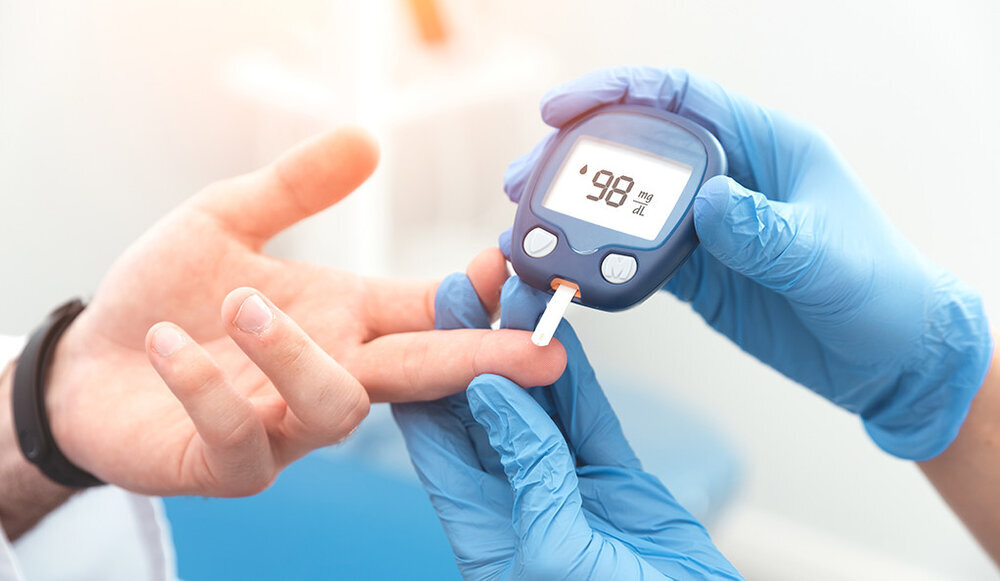Diabetes among Iranians nearly doubled in 30 years

TEHRAN – The prevalence of diabetes among people has increased by 95 percent from 1990 to 2020, Baqer Larijani, head of the Institute of Endocrinology and Metabolism, has said.
Studies show that some 14 percent of Iranians aged over 20 years are suffering from diabetes type 2, IRNA quoted Larijani as saying.
More than 90 percent of people affected by diabetes have pretty good access to physicians, medicine, laboratories, and insurance services, he noted, adding that the figure is about 50 percent on the average in the world.
In September, Larijani said that over 8.5 percent of the total health expenditures of the country are spent on diabetes.
“Non-communicable diseases (NCDs) kill 41 million people each year, equivalent to 71 percent of all deaths globally.
Diabetes, cardiovascular disease, cancer, and respiratory diseases are the cause of more than 80 percent of premature deaths due to non-communicable diseases. Unhealthy diet, smoking, physical inactivity, and alcohol consumption are the main related risk factors.
Reducing risk factors as well as screening, early diagnosis and timely treatment of non-communicable diseases can reduce a large part of their damage,” he said.
Diabetes burden in Iran
In Iran, 25 percent of people are not aware of their diabetes. The figure is 50 percent in the world and 60 percent in West Asia and North Africa region.
About 422 million people worldwide have diabetes, the majority living in low-and middle-income countries, and 1.6 million deaths are directly attributed to diabetes each year.
Both the number of cases and the prevalence of diabetes have been steadily increasing over the past few decades. As it is expected that by 2030, 578 million people will develop diabetes, and the number of patients may exceed 700 million by 2045.
In 2019, 4.2 million people died of diabetes. And now, 50 percent of coronavirus patients were diabetic.
About 90 percent of diabetics are diagnosed with type 2 diabetes worldwide. Education, self-care, and following a healthy lifestyle, and using medication are effective in controlling the disease.
Type 2 diabetes is preventable and, in some cases, can be cured early. Lack of access to insulin, failure to early diagnosis of type 1 diabetes leading to diabetic ketoacidosis is common cause of death in children and adolescents.
Diabetes is a major cause of blindness, kidney failure, heart attack, stroke, and lower limb amputation. A healthy diet, physical activity, and avoiding tobacco use can prevent or delay type 2 diabetes. In addition, diabetes can be treated and its consequences avoided or delayed with medication, regular screening, and treatment for complications.
MG
